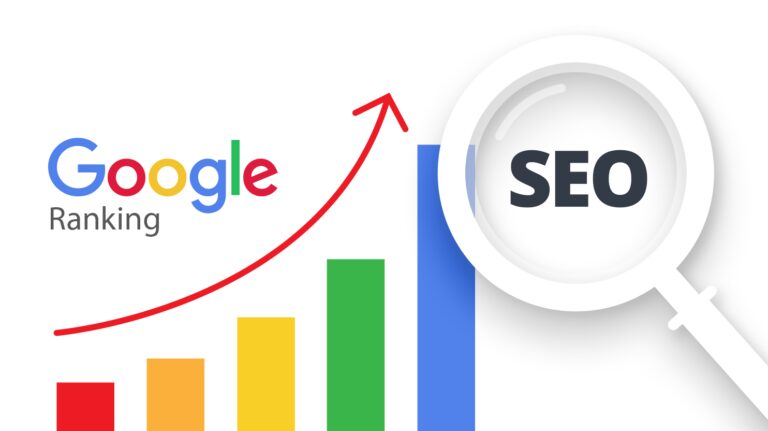Navigating the search landscape is a complex process. With so many different algorithms, strategies, and tips for optimizing your website’s visibility on Google SEO, it can be difficult to figure out which steps are right for you.
That’s why we’ve created this comprehensive guide – to help you understand the ins and outs of Google SEO and how to make sure your content gets seen by the right people. From analyzing keyword trends to understanding backlink building, our guide will provide you with all the information you need to effectively optimize your website and boost its online presence.
So let us take you through Navigating the Search Landscape: A Comprehensive Guide To Google SEO!
Understanding the Basics of Google SEO

Search Engine Optimization (SEO) is an important but often confusing part of navigating the search landscape. Google SEO is the process of improving a website’s visibility in organic or “natural” search engine results.
To understand the basics of Google SEO, you need to know about how search engines work, their algorithms, and what criteria they use to rank websites. Google uses various algorithms to determine which sites will appear at the top of its searches when someone types in a query.
These algorithms take into account factors such as keyword density, content relevance, quality backlinks, page speed, and meta tags. A website that meets these criteria will likely be ranked higher than one that does not meet them; however, many other factors come into play when evaluating a site for ranking purposes.
Understanding these criteria can help businesses create more effective web pages with optimized content tailored specifically for Google searches. In addition to making sure your website follows all necessary technical requirements and offers relevant and quality content, it’s also important to keep track of competitors strategies so that you stay ahead in terms of SEO rankings on Google searches.
Regularly monitoring your competitor’s activities gives you insight into new tactics they may be using that could help improve your ranking if implemented correctly within your strategy.
Developing an Optimized Content Strategy
Creating an optimized content strategy for Google SEO is essential to navigate the search landscape. An effective strategy will help you produce content that ranks well and captures the attention of your target audience.
To develop a successful plan, consider the following steps: 1. Understand Your Audience – Knowing who you are writing for helps determine what topics to cover, how to present them, and how often they should be updated.
Consider conducting surveys or interviews with potential customers to get a better sense of who they are and what type of information interests them. 2.
Research Keywords – Identify specific words and phrases related to your business that people frequently use in searches by using keyword research tools such as Google Trends or AnswerThePublic.com. This step can also involve exploring existing resources from competitors so that you may gain insights into which terms have been proven effective in certain industries.
3. Develop Quality Content – Once keywords have been chosen, create comprehensive yet concise pieces of content that address these topics thoroughly while remaining interesting enough for readers to engage with it fully before moving on from the page or blog post without hesitation.
Structuring Your Website for Maximum Visibility

Structuring your website for maximum visibility is essential to success in the search landscape. Creating a site structure that makes it easy for Google to index while providing an intuitive user experience is key.
You want visitors to be able to find what they’re looking for quickly and easily, without having to click around multiple pages or scroll through long walls of text. Utilizing breadcrumb navigation, clear headings, and effective information architecture can help you achieve this goal.
Additionally, consider using HTML sitemaps or XML sitemap files so that all pages are indexed properly and efficiently by Google bots. Lastly, make sure each page has enough content on it – both from a quantity point of view as well as quality – so that it ranks high in SERPs (Search Engine Result Pages).
By following these steps your website will be better visible in search engine results and attract more organic traffic than ever before!
Conclusion
Navigating the search landscape is a complex task, but one that can be simplified with the help of a comprehensive guide to Google SEO. With the help of https://asaseo.net/, businesses can learn how to optimize their websites for better visibility on Googles search engine results pages (SERPs). Through an in-depth analysis and understanding of keyword research, content optimization, link building, and other essential SEO tactics, businesses can ensure theyre taking full advantage of their online presence and improving their chances at achieving greater success on SERPs.
The key takeaway from this article is that by following a comprehensive guide to Google SEO from https://asaseo.net/, you’ll be well prepared to navigate your way through the ever-changing search Google’spe.

